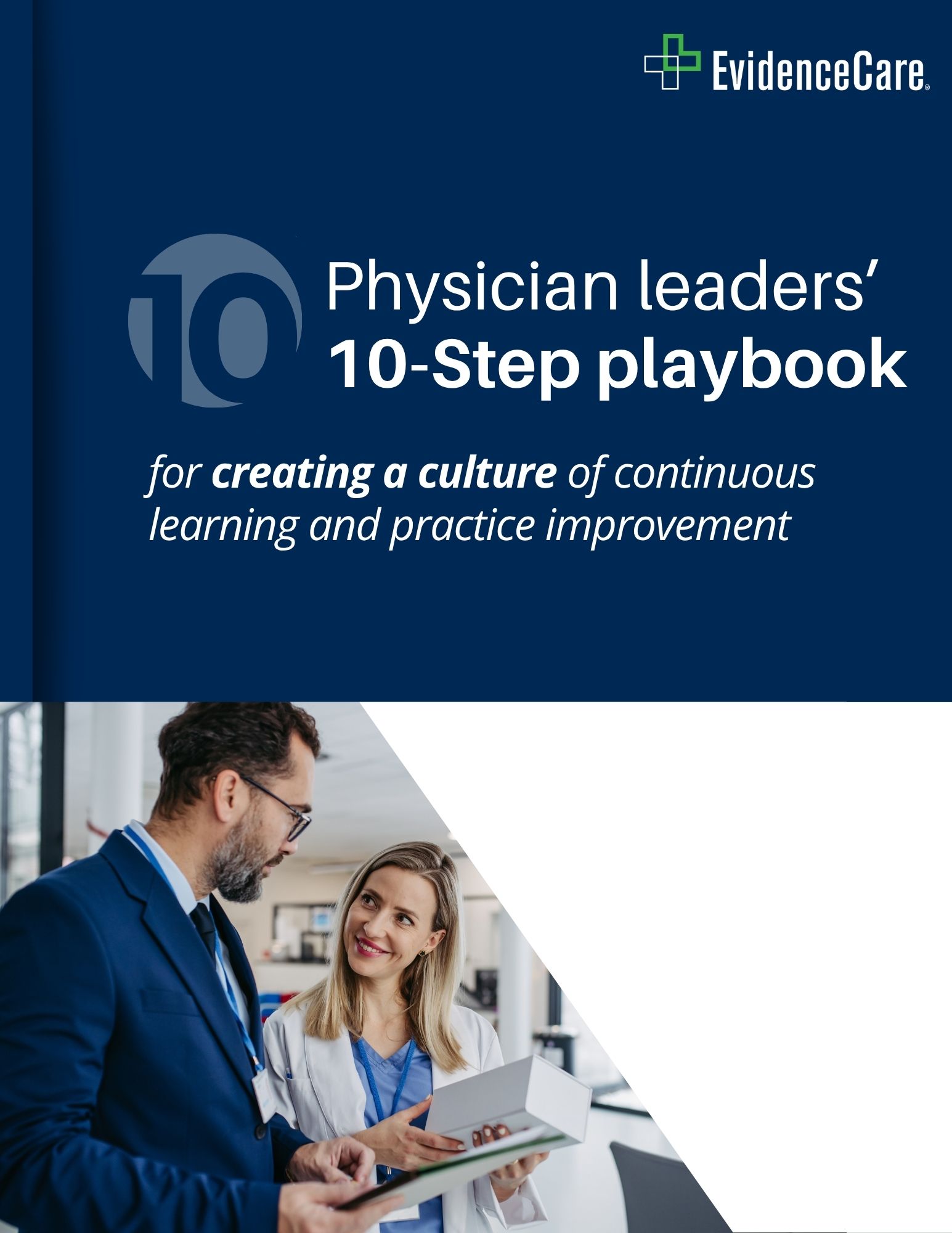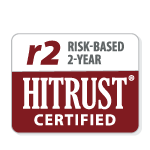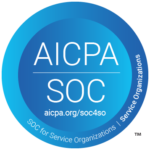Peer Comparison in Healthcare
A cardiology group meeting runs long. As the presentation concludes, each physician receives a confidential dashboard showing imaging utilization rates across the department.
One clinician notices her echocardiogram orders are 14% higher than her peers’—and that the variance translates into thousands of dollars in avoidable cost and hours of preventable patient wait time each quarter. She’s not publicly shamed, docked pay, or forced into remediation. Yet in the weeks that follow, her ordering patterns begin to align with department benchmarks, and length-of-stay for her patient cohort drops by nearly half a day.
Stories like this illustrate the quiet power of peer comparison in healthcare. When done well, data-driven benchmarking reveals unwarranted variation, prompts self-reflection, and sparks collaborative problem-solving—often without a single dollar of incentive or penalty. Chief Physician Executives who master this lever can simultaneously elevate quality metrics, strengthen margins, and deepen physician engagement.
In this article, you’ll learn why unblinded peer data—shared in safe, collaborative forums—outperforms traditional, retrospective scorecards. You’ll see the behavioral science that makes transparent comparison so effective, the best practices that prevent backlash and burnout, and the practical steps for weaving benchmarking into existing clinical workflows. By the end, you’ll have a blueprint for launching or refining a peer comparison program that accelerates continuous learning across your health system.
Understanding Peer Comparison: The Science and Psychology Behind Benchmarking
Physicians are trained to make evidence-based choices, yet decades of behavioral science show that context—especially social context—shapes day-to-day decisions just as strongly. Peer comparison taps into two powerful psychological drivers: social proof (the innate desire to align with respected colleagues) and self-determination (the pursuit of mastery when performance gaps are visible and solvable). When benchmarking is timely, specific, and unblinded, it converts abstract quality goals into a concrete, personal challenge.
Large-scale studies back this up. One analysis of primary care practices found that clinicians who received individualized, peer-anchored dashboards reduced inappropriate antibiotic prescribing by more than seven percentage points within six months, outperforming financial incentive programs of similar scope according to Health Affairs.
Conversely, poorly designed programs can have the opposite effect; a 2022 article in PNAS reported that physicians exposed to vague or punitive ranking systems experienced higher emotional exhaustion and stronger intentions to leave their organizations, underscoring the need for thoughtful rollout. As illustrated in the JAMA Network Open article “Clinician Job Satisfaction After Peer Comparison Feedback”, transparent methodology, fair attribution, and leadership support all correlate with higher job satisfaction and lower burnout risk.
For a more detailed look at physician engagement and quality improvement, see Engaging Physicians in Quality Improvement.
Taken together, the evidence suggests that peer comparison is neither a panacea nor a threat—it’s a tool. Like any tool, outcomes depend on how it’s handled. The following section explains how to harness unblinded benchmarking to foster healthy competition, genuine collaboration, and lasting intrinsic motivation.
How Peer Comparison Influences Physician Behavior
Unblinded, data-driven benchmarking magnifies both competitive and cooperative instincts. When physicians clearly see that respected peers achieve lower CT utilization for similar patient populations, a natural curiosity sets in: “What are they doing differently?”
That curiosity opens the door to shared learning, where high performers walk colleagues through decision trees, order sets, or discharge protocols. Over time these micro-conversations coalesce into department-wide standards that narrow variation without top-down mandates.
Yet positive momentum is only possible in an environment of psychological safety. Leaders must explicitly frame data as a resource for collective growth rather than a punitive scorecard. Doing so signals respect for autonomy, one of the core pillars of intrinsic motivation. Equally important is visible leadership participation—chiefs and service-line directors who present their own metrics first model vulnerability and set a collaborative tone.
When these conditions are met, peer comparison not only improves process measures such as imaging yield or duplicate lab rates but also strengthens professional identity by aligning personal excellence with system goals.
Best Practices for Implementing Unblinded, Data-Driven Peer Benchmarking
Rolling out peer comparison is as much about trust as it is about technology. Leaders who succeed follow a disciplined playbook that combines transparent methods, accurate data, and respectful delivery.
Before diving into the tactical details, it helps to remember why clarity matters. When researchers evaluated unblinded dashboards aimed at reducing inappropriate antibiotic use, they found that clarity around methodology and individual attribution was crucial; physicians who understood how each metric was calculated were nearly twice as likely to change their prescribing patterns, as shown in a study on peer comparison and stewardship.
With that in mind, consider the following best-practice principles:
-
- Establish a multidisciplinary governance team—including frontline physicians, quality leaders, and data analysts—to set goals and approve methodology
- Start with no more than three high-value process metrics (e.g., CT utilization, early discharge orders, and duplicate labs) so clinicians see a clear path to improvement
- Use case-mix adjustment and clear attribution logic to ensure fairness; uncertainty fuels resistance more than unfavorable rankings
- Deliver data no later than seven days after the clinical event whenever possible; timeliness turns reflection into action
- Present individual dashboards privately first, then share unblinded department-level data in collaborative forums
- Pair every variance with a link to evidence-based guidance or a local champion ready to coach colleagues
- Build improvement loops—plan, test, review, scale—directly into existing quality or morbidity and mortality meetings
- Recognize progress publicly while addressing setbacks in one-to-one coaching sessions
- Measure both clinical impact (e.g., imaging yield) and engagement indicators (attendance at peer-review huddles, voluntary case discussions) to track cultural change
- Refresh benchmarks quarterly to account for evolving patient populations, guidelines, and technology
Metrics should be actionable within a single shift or week, risk-adjusted for context, and displayed alongside real-time guidance in the EHR or mobile dashboards. Automated feeds from order entry systems, case-mix groupers, and cost accounting tools reduce manual burden and keep data fresh. Align release schedules with routine meetings so peer comparison becomes part of the rhythm of clinical operations rather than an added task.
Thoughtful planning mitigates many common pitfalls, yet even well-designed programs can falter without deliberate attention to social dynamics. The following section explores how to create forums where unblinded data fosters open inquiry rather than defensiveness.
Designing Collaborative Forums for Peer Data Sharing
Transforming raw numbers into shared insight requires a space where clinicians feel safe challenging and learning from one another.
Follow this step-by-step approach to build that environment:
-
- Launch a pilot in one high-impact service line. Secure a respected physician champion who will present their own data first, modeling vulnerability.
- Schedule recurring “data and dialogue” sessions—30 minutes, twice a month—co-facilitated by quality staff and the service-line champion.
- Begin each session with aggregate trends, then drill down to unblinded individual performance. Invite high performers to outline practical tips rather than theory.
- Use structured discussion guides: What factors drove variation? Which workflow tweaks or order sets made a difference? What barriers remain?
- Assign one rapid-cycle test of change (PDSA) before the next meeting and document owner, timeline, and success criteria.
- Provide micro-learning resources—clinical guidelines, pocket cards, short videos—linked directly from the dashboard for just-in-time education.
- Track attendance and qualitative feedback, refining meeting cadence or format as engagement patterns emerge.
- After three months, evaluate both metric movement and clinician sentiment. Expand to adjacent service lines only when early adopters endorse the process.
Trust rarely materializes without intentional efforts to foster open dialogue. Leaders can reinforce psychological safety by framing peer benchmarking as a collective opportunity rather than a compliance exercise, praising curiosity over perfection, and promptly addressing concerns about data validity. When physicians see senior executives asking clarifying questions and acknowledging their own gaps, shared accountability quickly becomes the norm.
Recognizing and Addressing the Risks: Avoiding Burnout and Negative Outcomes
Peer comparison isn’t risk-free. When benchmarks feel unfair or punitive, physicians can experience anxiety, gaming behaviors, or outright disengagement. A study on peer comparison information impacting physician well-being noted that dashboards lacking context and psychological safety correlated with higher emotional exhaustion among clinicians, highlighting the stakes of thoughtful design.
Beyond emotional strain, poorly attributed data can erode trust, driving talented physicians to ignore insights or leave the organization. Transparency without support can backfire if it feels like surveillance rather than stewardship.
Before launching or scaling any benchmarking initiative, leaders should plan explicit safeguards. The strategies below can help maintain engagement while protecting well-being:
-
- Make fairness non-negotiable by validating risk adjustment with frontline physicians before releasing any metric
- Pair every variance with coaching opportunities, not directives, reinforcing that data is a starting point for improvement conversations
- Rotate facilitation duties so high performers, mid-performers, and rising stars all share perspectives, normalizing vulnerability across the spectrum
- Track well-being indicators—such as annual Mini-Z burnout survey scores—alongside clinical metrics to ensure quality gains don’t come at the expense of clinician health
- Provide opt-in mental health resources and peer-support groups, signaling that leadership values both performance and personal sustainability
- Limit the number of metrics under active review to avoid cognitive overload and preserve focus
- Celebrate small wins publicly while keeping sensitive dashboards private, emphasizing progress over perfection
Equipped with these guardrails, organizations can harness the motivational power of unblinded data without sacrificing psychological safety.
Actionable Strategies for Chief Physician Executives: Driving Engagement and Lasting Change
Benchmarking efforts falter when they live only in dashboards. To translate data into durable results, you need a structured plan that aligns clinical insight, leadership visibility, and frontline ownership.
When these steps are executed in concert, peer comparison becomes more than a reporting tool—it’s a catalyst for learning culture. Unblinded dashboards spark curiosity, collaborative forums convert insight into practice change, and structured recognition sustains momentum long after the initial rollout.
The takeaway is clear: transparent, data-driven peer benchmarking can simultaneously raise clinical quality, bolster margins, and deepen physician engagement—as long as leaders safeguard fairness and psychological safety.
Download the Physician Leaders’ 10-Step Playbook for Creating a Culture of Continuous Learning and Practice Improvement to access detailed checklists, sample dashboards, and facilitation guides that accelerate your next quality leap.
Want help operationalizing this at your health system? Check out our software, CareInsights, and request a demo today!





